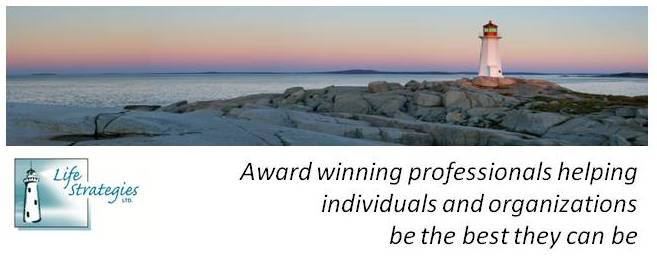 Career development practitioners (CDPs)
regularly work within a fixed program/service mandate, typically stipulated by
the funding source. For many, such a mandate often defines a very specific
client group (e.g., immigrants). This approach tends to lump all clients from a
particular group into one category, forgetting that diversity is far more
complex.
Career development practitioners (CDPs)
regularly work within a fixed program/service mandate, typically stipulated by
the funding source. For many, such a mandate often defines a very specific
client group (e.g., immigrants). This approach tends to lump all clients from a
particular group into one category, forgetting that diversity is far more
complex.
At Life Strategies, we strive to take a
broad definition of diversity, looking beyond visual clues (e.g., age, gender, ethnicity)
to include a multitude of other factors (e.g., sexual orientation, religion, educational
background, level of ability, communication style, speed of learning and
comprehension). Although we recognize that focusing on one element of diversity
can provide targeted initiatives to support the needs of specific groups, it is
equally important to ensure assumptions about individuals aren’t made due to
their inclusion in the broader group.
For example, a client who is Aboriginal
may be impacted by challenges related to that group; however, perhaps the
client is also a woman, perhaps an older woman. In that instance, she can
likely also identify with challenges related to sexism and ageism. To further
complicate the matter, perhaps this particular client doesn’t identify with her
Aboriginal culture – perhaps she’s worked outside of Canada for the past 10
years and is just returning to the Canadian workforce. Consequently, a program
focussed on supporting Aboriginal clients may not fit her particular
circumstances. Perhaps something targeted to repatriates would be a better fit.
As the case above illustrates,
individuals are multifaceted; it would be easy to make assumptions about this
client if she was only considered as Aboriginal. CDPs can better serve their
clients if they recognize and appreciate a broader definition of diversity. We
recommend taking a culturally-curious
approach; don’t assume what you know about a specific group applies to an
individual member of that group. Get to know your client; take time to listen
to his/her story.




No comments:
Post a Comment